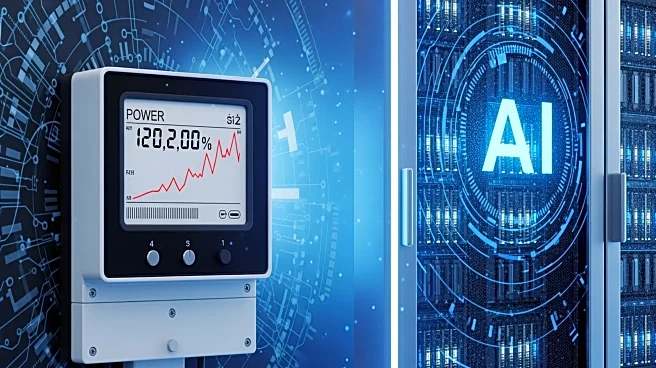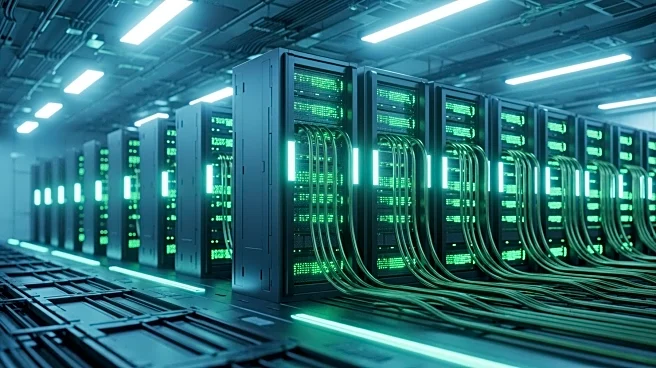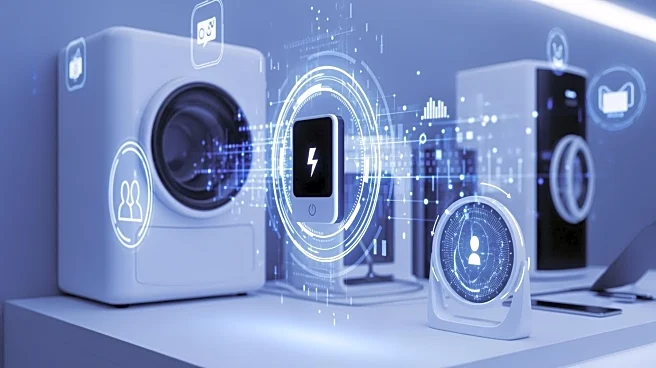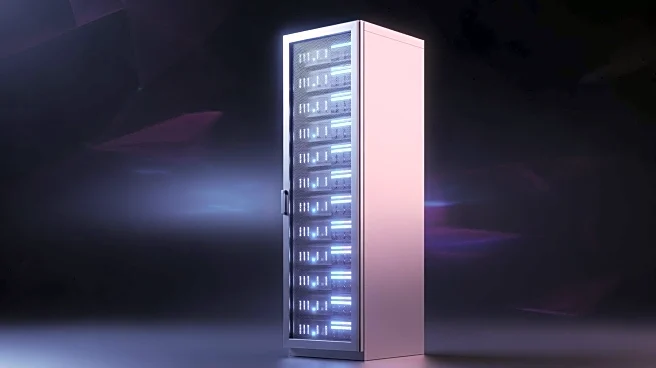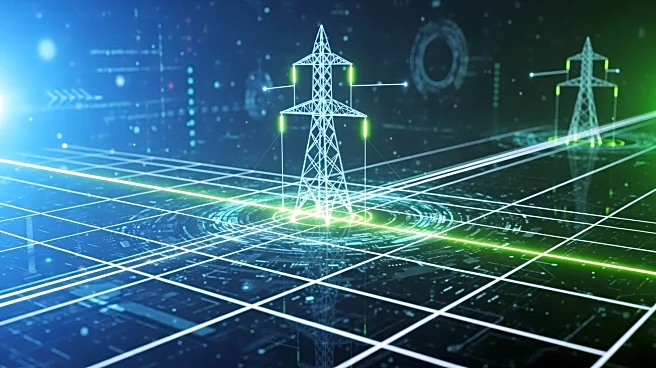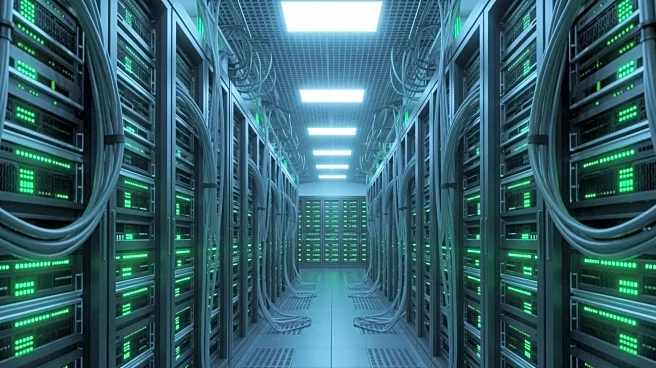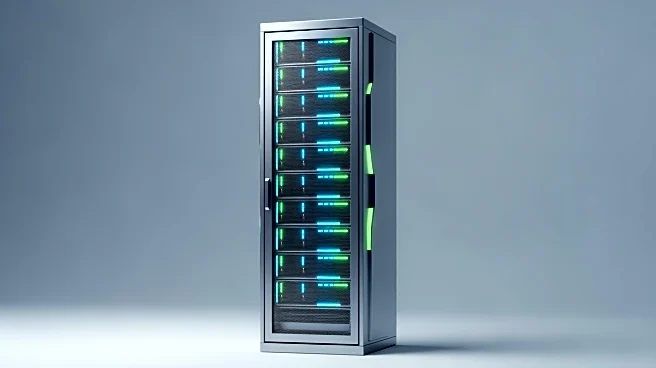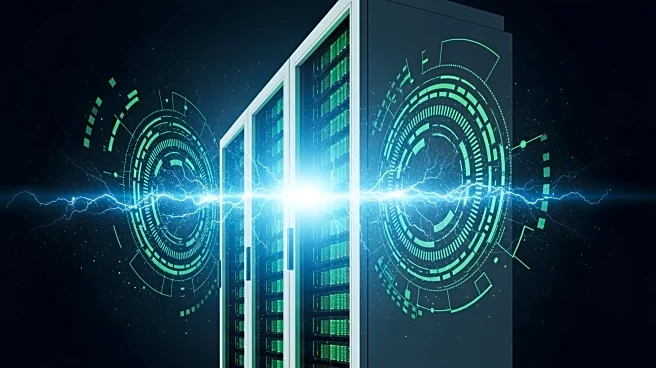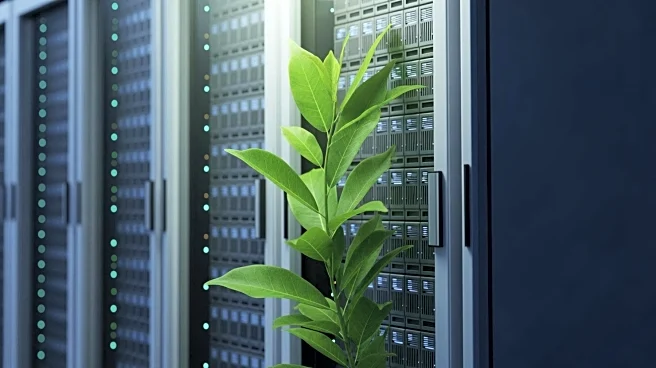What's Happening?
A recent study led by Bank of America economist David Tinsley reveals that Americans spent 3.6% more on electricity and gas in the third quarter of this year compared to the same period last year. The
report attributes the increase in utility bills to the rapid expansion of power-hungry AI data centers, which are straining the U.S. energy grid. Over the past 12 months, electricity prices rose by 5.1%, while gas services saw an 11.7% increase, according to the Bureau of Labor Statistics. The study notes that the demand for electricity generation capacity and grid investments, partly due to the construction of data centers, is exerting upward pressure on consumer bills. Additionally, the growing use of electric vehicles is contributing to sustained high electricity demand.
Why It's Important?
The spike in utility bills has significant implications for U.S. consumers, particularly lower-income households who are already facing slower wage growth. The increased costs could further dampen consumer spending, as indicated by a decline in consumer sentiment to a five-month low in October. The expansion of AI infrastructure by tech giants, despite the pressure on the grid, suggests that utility costs may continue to rise. This situation underscores the need for substantial investments in the U.S. power grid to enhance generation and transmission capacity, which faces regulatory and supply chain challenges. The ongoing developments in AI and electric vehicle sectors are likely to keep utility prices elevated, affecting household budgets and economic stability.
What's Next?
The Bank of America report warns of potential further price hikes in the winter months, especially if the season is colder than usual. As tech companies continue to invest in AI infrastructure, the demand on the energy grid is expected to increase, potentially leading to higher utility costs. Policymakers and industry leaders may need to address the regulatory and supply chain barriers to expanding the power grid to mitigate these impacts. The situation calls for strategic planning to balance technological advancements with sustainable energy solutions to prevent further strain on consumers.
Beyond the Headlines
The development of AI data centers and the increased use of electric vehicles highlight a broader shift towards technology-driven energy consumption. This trend raises ethical and environmental questions about the sustainability of current energy practices and the need for greener alternatives. The pressure on the energy grid could accelerate efforts to innovate in renewable energy sources and smart grid technologies, potentially reshaping the U.S. energy landscape in the long term.
